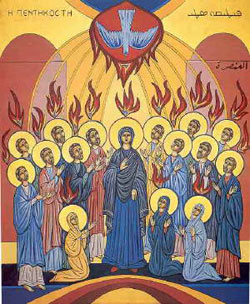 Richard Carrier addresses the question of the historicity of Jesus in On the Historicity of Jesus: Why We Might Have Reason for Doubt in the following order:
Richard Carrier addresses the question of the historicity of Jesus in On the Historicity of Jesus: Why We Might Have Reason for Doubt in the following order:
First, he defines the points that will identify a historical Jesus and those that will be signs of a mythical one.
Second, he set out 48 elements that make up all the background information that needs to be considered when examining the evidence for Jesus.
Third, only then does he address the range of evidence itself and the ability of the alternative hypotheses to account for it.
What Carrier is doing is enabling readers to think through clearly the different factors to be assessed in any analysis of the question: the details of the hypotheses themselves, our background knowledge (none of it must be overlooked — we must guard against tendentious or accidental oversights) and the details of the evidence itself. The book thus sets out all the material in such a way as to enable readers to think the issues through along the following lines:
— given hypothesis X, and given our background knowledge, are the details of this piece of evidence what we would expect? how likely are these details given hypothesis X and our background knowledge?
and (not “or”)
— are the details of this particular evidence what we would expect given the alternative hypothesis (and all our background knowledge)? how likely are these details given our alternative hypothesis and our background knowledge?
That, in a nutshell, is what his Bayesian analysis boils down to. The point of the assigning probability figures to each question and simply a means of assisting consistency of thought throughout the entire exercise. (At least that’s my understanding.)
I’ll put all of this together in a more comprehensive review of Carrier’s book some time in the not too distant future, I hope.
Meanwhile, I’d like to comment on the first ten of his background elements: those of Christian origins. Continue reading “Ten Elements of Christian Origin”
